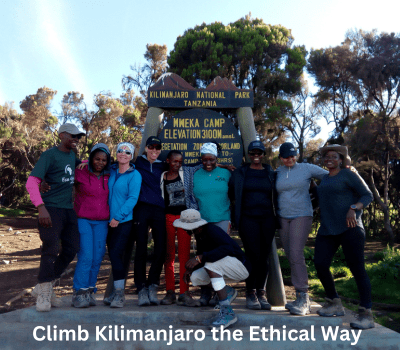What Should I Pack for the Kilimanjaro Afrika Climb
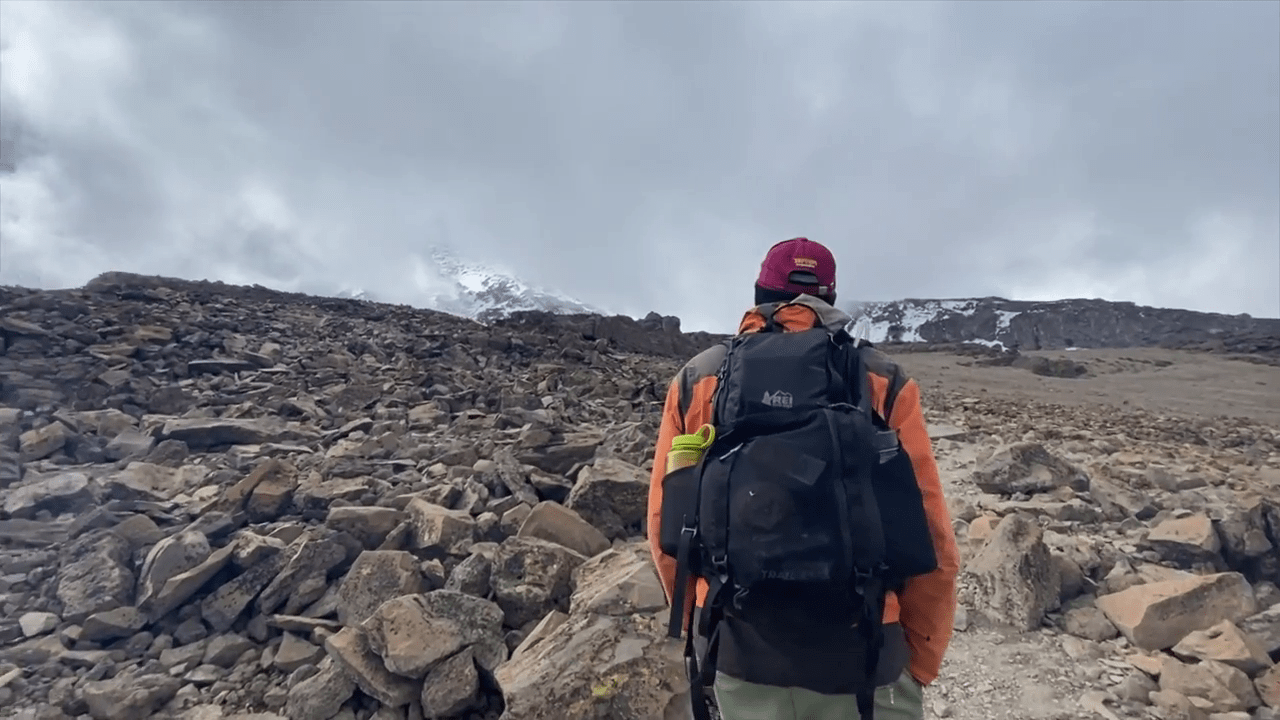
Introduction
Why Proper Packing is Crucial
Climbing Mount Kilimanjaro isn’t your average hiking trip. It’s a multi-day, high-altitude trek through five different climate zones—each with its own unique challenges. One moment you’re walking through a humid rainforest, and the next, you’re shivering in sub-zero temperatures under the stars. That’s why knowing exactly what to pack for your Kilimanjaro Afrika climb is absolutely essential to your comfort, safety, and summit success.
The gear you bring can be the difference between loving your climb or counting the minutes until you get off the mountain. From technical clothing to personal hygiene must-haves, there’s a science (and an art) to packing for Kili. Whether you’re trekking the Lemosho Route, the scenic Northern Circuit, or the iconic Machame Route, having the right gear matters.
Kilimanjaro’s Changing Climate Zones
During your Kilimanjaro trek, you’ll move through five major ecological zones:
- Cultivation Zone: Warm and tropical at the base of the mountain
- Rainforest Zone: Humid, dense vegetation, frequent rainfall
- Moorland Zone: Cooler with rocky terrain and strong sun
- Alpine Desert: Windy, dry, extreme temperatures
- Arctic Zone: Icy summit with thin air and sub-zero temps
With that kind of range, a cotton hoodie and flip-flops just won’t cut it. You need a strategic, layered system that can keep you warm, dry, and protected no matter what Mother Nature throws your way.
The Kilimanjaro Packing Mindset
Think in Layers
On Kilimanjaro, weather can shift dramatically in a matter of hours. That’s why the golden rule is to pack in layers. Your clothing system should include:
- Base layers: Moisture-wicking tops and bottoms
- Insulation layers: Fleece, down jacket, or synthetic warmth
- Outer shell: Waterproof, windproof jacket and pants
This allows you to adjust quickly based on the weather and altitude. Start cool in the morning, add warmth as you climb, and remove layers on hot descents. Flexibility is key to staying comfortable throughout the climb.
Weight Limits & Porters’ Load Rules
Each climber is assigned a porter who will carry your main duffel bag. However, there are strict weight limits:
- Porter Load: Max 15kg (33 lbs)
- Daypack (carried by you): Around 5–7kg (11–15 lbs)
That means you must pack strategically—no unnecessary extras. Focus on essentials and multi-use items. And remember: your duffel bag must be soft-sided and waterproof (or at least with a waterproof liner). Eco-Africa Climbing checks all gear before your trek begins to ensure you’re good to go.
Essential Clothing Checklist
Base Layers (Moisture-Wicking)
These are your first line of defense. Base layers wick away sweat and regulate your body temperature. Bring 2–3 sets of both tops and bottoms:
- Merino wool or synthetic long-sleeve shirts
- Thermal leggings or long underwear
Avoid cotton—once it gets wet, it stays wet, which can lead to cold and discomfort as temperatures drop.
Insulation Layers (Fleece, Down Jacket)
The next layer traps body heat. You’ll need:
- 1–2 fleece jackets or pullovers
- 1 insulated down or synthetic jacket (essential for summit night!)
This is the layer you’ll wear in the alpine desert and arctic zones, especially during rest stops or early mornings.
Outer Shell (Waterproof & Windproof)
This layer protects you from wind, rain, and snow:
- GORE-TEX or similar waterproof jacket with hood
- Waterproof hiking pants or rain pants
You may not need it every day, but when that storm hits—or you’re caught in the clouds—you’ll be glad you packed it.
Pants for Every Zone
Bring 2–3 pairs of trekking pants:
- 1 lightweight pair for warm days
- 1 insulated or lined pair for cold zones
- 1 waterproof over-pant (for wet or windy weather)
Convertible pants can be helpful on lower elevations where temperatures fluctuate wildly between morning and afternoon.
Undergarments & Socks
Underwear should be breathable and quick-drying. Avoid cotton. Pack enough for at least half the trek—you can reuse with proper hygiene. For socks:
- 4–6 pairs of wool or synthetic hiking socks
- 1–2 pairs of liner socks to prevent blisters
Dry feet = happy feet. Consider foot powder or blister prevention tape as well.
Gloves, Beanies, Neck Gaiters
These small items are game changers for comfort and summit safety:
- 1 pair of light liner gloves
- 1 pair of insulated, waterproof gloves (summit night essential!)
- 1 fleece or wool beanie
- 1 buff or neck gaiter for dust, wind, and warmth
On summit night, you’ll be grateful for every warm layer you can wrap around your face and hands.
Footwear Must-Haves
Hiking Boots
Your boots are arguably the most important piece of gear for Kilimanjaro. You’ll be hiking across rocks, mud, scree, and possibly snow. The wrong boots can ruin your climb—blisters, wet feet, or lack of ankle support can turn a dream trip into a nightmare.
Here’s what to look for:
- High-ankle support: Essential for rocky descents
- Waterproof and breathable: GORE-TEX or similar membrane
- Well broken-in: Never climb with brand-new boots
Test your boots on multiple long hikes before you travel. If needed, consider renting quality hiking boots through Eco-Africa Climbing once in Moshi.
Camp Shoes / Slippers
After 6–8 hours in boots, your feet will thank you for bringing lightweight camp shoes. These are worn around camp for bathroom trips, dinner, or letting your boots dry out.
Popular options include:
- Crocs or foam clogs
- Flip-flops (for warmer days)
- Compact sandals with straps
Gaiters & Insoles
While not mandatory, these extras can boost your comfort:
- Gaiters: Keep mud, dust, and snow out of your boots
- High-quality insoles: Offer better arch support and reduce fatigue
They’re especially useful on summit night, where loose volcanic scree can easily get inside your footwear.
Sleep System Essentials
Sleeping Bag (Rated to -29°C / -20°F or Better)
Nights on Kilimanjaro can get brutally cold, especially above 4,000m. Even during the dry season, summit temperatures often plunge well below freezing. A warm, high-performance sleeping bag is essential to stay safe and get quality rest at high altitudes.
Look for:
A temperature rating of -29°C / -20°F
Mummy-style design for maximum heat retention
Synthetic fill like the Mountain Hardwear Lamina™ (performs better in humid or damp conditions)
Don’t own one? No worries. You can rent a Mountain Hardwear Lamina™ -20°F / -29°C sleeping bag from Eco-Africa Climbing for just $50 per trip. It’s perfect for Kilimanjaro’s freezing summit nights and trusted by thousands of successful climbers.
Sleeping Mat (If Needed)
Most operators provide foam mats. But if you need extra comfort, bring an inflatable mat like Therm-a-Rest or Sea to Summit. Just make sure it fits inside your tent comfortably and you test it at home.
Earplugs & Eye Mask
You’ll be sleeping in tents with people nearby—possibly snoring, talking, or moving around. Pack a quality eye mask and earplugs for better sleep and faster recovery.
Bags & Backpacks
Main Duffel Bag (Carried by Porters)
This is where you store the majority of your gear. Your porter will carry it between camps.
Duffel requirements:
- Soft-sided and durable (not a suitcase)
- Waterproof or use a dry liner
- Max weight: 15kg (33 lbs)
Pro tip: Organize contents into compression sacks or packing cubes to easily locate gear inside.
Daypack (Carried by You)
You’ll carry your essentials each day—snacks, water, jacket, headlamp, camera. Look for:
- Capacity of 25–35L
- Supportive hip belt and chest strap
- Hydration bladder compatible
Keep weight to 5–7kg. Anything heavier will slow you down and drain your energy.
Waterproof Covers & Dry Sacks
Rainstorms can appear quickly, especially in the rainforest zone. Bring:
- Rain cover for your daypack
- Dry sacks or plastic bags to protect electronics, clothing, and food
This also helps keep your sleeping bag and warm clothes dry for summit night.
Trekking Gear & Accessories
Trekking Poles
These are lifesavers for your knees—especially on the descent. Adjustable trekking poles:
- Provide balance on scree and rocky paths
- Reduce joint pressure on downhill sections
- Improve posture and energy efficiency
Rent high-quality poles from Eco-Africa Climbing or bring your own (make sure they’re allowed in your checked luggage).
Headlamp + Batteries
Summit night starts around midnight and ends well after sunrise. You’ll need a hands-free headlamp with:
- High beam + low beam
- Red night vision (optional)
- Spare batteries or rechargeable options
Hydration System
At altitude, hydration is key. Aim for 3–4 liters per day. Combine:
- Hydration bladder (2–3L) for easy sipping
- Insulated water bottles (1–2L) for summit night (bladders can freeze)
Add electrolytes or hydration tablets to help retain fluids and energy throughout the day.
Personal Hygiene & Toiletries
Wet Wipes, Toilet Paper, Soap
There are no showers on the mountain. Wet wipes are your best friend. Use them for daily “dry baths,” freshening up your face, hands, and feet. Bring:
- 2–3 packs of unscented wet wipes
- 1 roll of biodegradable toilet paper
- Small bar of soap or travel-size biodegradable liquid soap
Toilets vary from basic wooden huts to private portable toilets (provided by Eco-Africa Climbing). Either way, you’ll want your own supply of TP.
Quick-Dry Towel, Toothbrush, Sunscreen
Your hygiene kit should also include:
- Quick-dry microfiber towel (small)
- Toothbrush + small toothpaste
- Sunscreen (SPF 30+), lip balm with SPF
- Deodorant, floss, nail clipper
You’re not climbing to win a fashion show—but smelling and feeling fresh each day makes the experience far more enjoyable.
Women’s Specific Needs
For women climbers, bring enough menstrual products for the entire trip. The altitude can throw off your cycle. Include:
- Pads, tampons, or menstrual cup
- Disposal bags
- Hand sanitizer and extra wipes
If you’re using a cup, make sure you’ve practiced with it ahead of time and clean it properly at camp.
First Aid Kit & Medications
Altitude Medications
The effects of altitude are real. Talk to your doctor about:
- Diamox (Acetazolamide): Helps with altitude adaptation
- Ibuprofen or Tylenol: For headaches and aches
- Imodium: In case of digestive issues
All guides from Eco-Africa Climbing are trained in altitude-related emergencies, but having your own meds ensures quick response if symptoms arise.
Blister Treatment
Even the best boots can cause blisters at altitude. Pack:
- Moleskin, blister pads, or tape
- Antiseptic cream
- Extra band-aids
Personal Meds & Extras
Don’t forget:
- Any prescribed medications
- Anti-nausea tablets
- Electrolyte tablets or rehydration salts
- Anti-inflammatory or allergy meds
Pack all meds in your daypack—not your porter-carried duffel—in case of emergency.
Electronics and Documentation
Phone, Power Bank, Adapters
While charging options on the mountain are rare, most people still bring:
- Smartphone for photos, GPS, journaling
- Power bank (10,000–20,000 mAh recommended)
- Solar charger (optional, for longer treks)
- Universal adapter for use in Tanzania
Turn off your data and Wi-Fi to preserve battery life. Use airplane mode and save your energy for the summit push.
Travel Documents
Bring:
- Valid passport with 6+ months left
- Visa for Tanzania (get online or at airport)
- Yellow fever card (if required)
Insurance Papers
Travel insurance is essential. It should cover:
- High-altitude trekking (up to 6,000m)
- Emergency evacuation
- Trip cancellation and baggage loss
Carry printed and digital copies in waterproof bags.
Extras That Elevate Your Experience
Snacks & Electrolytes
Altitude can kill your appetite. Bring energy-rich, familiar snacks to stay fueled:
- Protein bars, trail mix, jerky, gummies
- Electrolyte packets for water (Nuun, Gatorade)
A salty snack can help prevent cramps, while sugary treats give you fast energy on long ascents.
Entertainment & Journals
You’ll have downtime at camp. Bring:
- Book or Kindle (lightweight)
- Notebook for journaling
- Card games, puzzle books, music (with headphones)
Small Gifts for Porters (Optional)
If you’d like to show appreciation, consider bringing:
- Warm hats, gloves, or socks
- Old hiking gear or shoes in good condition
- Snacks or treats for the crew
Tips are the norm and will be organized at the end of your climb. Ask your guides or see Eco-Africa Climbing’s tipping guidelines for more info.
Route-Specific Considerations
Lemosho, Machame, Northern Circuit, Rongai
Each route has slightly different terrain and weather exposure:
- Lemosho Route: Wet rainforest start—bring gaiters and a rain cover
- Machame Route: Steep descents—trekking poles are essential
- Northern Circuit: Longer trek—extra socks, battery, and journal recommended
- Rongai Route: Drier, windier—layer for temperature swings
Whichever route you choose, pack for the summit zone—it’s the great equalizer.
Route-Specific Considerations
Lemosho, Machame, Northern Circuit, Rongai
Each route has slightly different terrain and weather exposure:
- Lemosho Route: Wet rainforest start—bring gaiters and a rain cover
- Machame Route: Steep descents—trekking poles are essential
- Northern Circuit: Longer trek—extra socks, battery, and journal recommended
- Rongai Route: Drier, windier—layer for temperature swings
Whichever route you choose, pack for the summit zone—it’s the great equalizer. For a complete visual checklist of what to bring, download the official Eco-Africa Climbing Kilimanjaro Packing List. For ladies, we’ve also created a Women’s Kilimanjaro Packing List PDF—super useful for planning female-specific hygiene and gear needs.
Need gear? No problem. Check out our Kilimanjaro Gear Rental Price List—you can rent high-quality sleeping bags, jackets, trekking poles, and more when you arrive in Moshi.
Gear You Can Rent in Moshi
Don’t want to overpack or invest in gear you’ll only use once? No problem. At Eco-Africa Climbing, we offer high-quality rental equipment in Moshi to keep your bag light and your climb budget-friendly.
Here are some of the top items available for rent:
- 4-season sleeping bags (rated for Kilimanjaro cold)
- Thick insulated down jackets
- Waterproof outerwear (jackets and pants)
- Trekking poles (adjustable, lightweight)
- Daypacks and duffel bags
- Gaiters, headlamps, gloves, and beanies
Before you buy expensive gear, consider reviewing our Gear Rental Price List to see what you can rent upon arrival. We’ve got everything you need, tested for comfort and performance on the mountain.
Final Packing Tips
Test Gear in Advance
Before flying out, test every single item. Break in your boots. Try layering your clothing at home. Make sure your headlamp works. A poorly fitting pack or broken zipper can become a major headache at 4,000 meters.
Stay Within Weight Limits
Your duffel bag must not exceed 15kg (33 lbs). Pack smart, use compression sacks, and leave behind non-essentials. Make your daypack as light as possible—your body will thank you.
Label Everything
Especially if you’re in a group, label your gear with your name. Porters organize gear fast and early. Having tags or colored tape helps identify your items in a sea of black duffel bags.
FAQs
Can I rent gear instead of buying everything?
Absolutely. We offer a full range of gear rentals in Moshi. Save money and luggage space by renting heavy items like sleeping bags, jackets, or trekking poles.
Is it okay to bring cotton clothing?
No. Cotton absorbs moisture and takes forever to dry, which is dangerous at high altitudes. Stick with synthetic, merino wool, or technical fabrics.
How many outfits should I bring?
Bring 2–3 hiking outfits and 1–2 base layers. You’ll repeat clothing. The key is layering and having clean, dry clothes for sleeping.
Do I need a heavy-duty backpack?
No. Porters carry your duffel. You just need a 25–35L daypack for daily essentials: water, jacket, camera, and snacks.
What happens if I forget something?
We do a gear check in Moshi before your climb. If anything’s missing, you can rent it from our gear stock or buy it locally.
Helpful Kilimanjaro Links
- Eco-Africa Climbing Gear Packing List
- Women’s Packing List PDF
- Join a Group Climb
- Kilimanjaro Climb Prices
- Eco-Africa Climbing Home
Conclusion: Pack Smart, Summit Strong
Packing for Kilimanjaro Afrika is more than just stuffing a duffel—it’s planning for success. With multiple climate zones and unpredictable weather, your gear plays a critical role in keeping you safe, comfortable, and focused on reaching the Roof of Africa.
From base layers to blisters, hydration to headlamps, now you know exactly what to pack for Kilimanjaro. And with Eco-Africa Climbing guiding your journey, you’re not just trekking—you’re trekking smarter, safer, and more sustainably.
Ready to start your climb? Contact us today or download the full gear checklist to start planning with confidence.
Share:
Related Posts
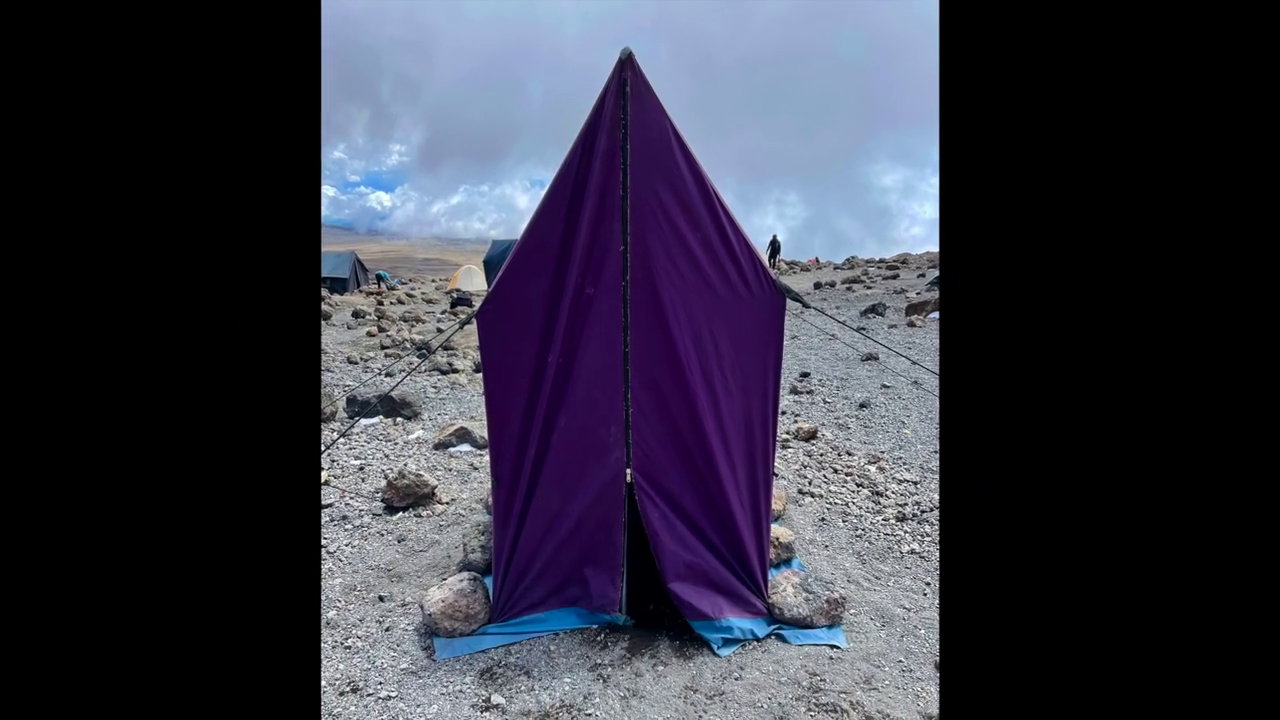
bathroom on mountain kilimanjaro
Bathroom on Mountain Kilimanjaro: What to Expect and How to Prepare Introduction One of the most common — and least discussed — questions from people
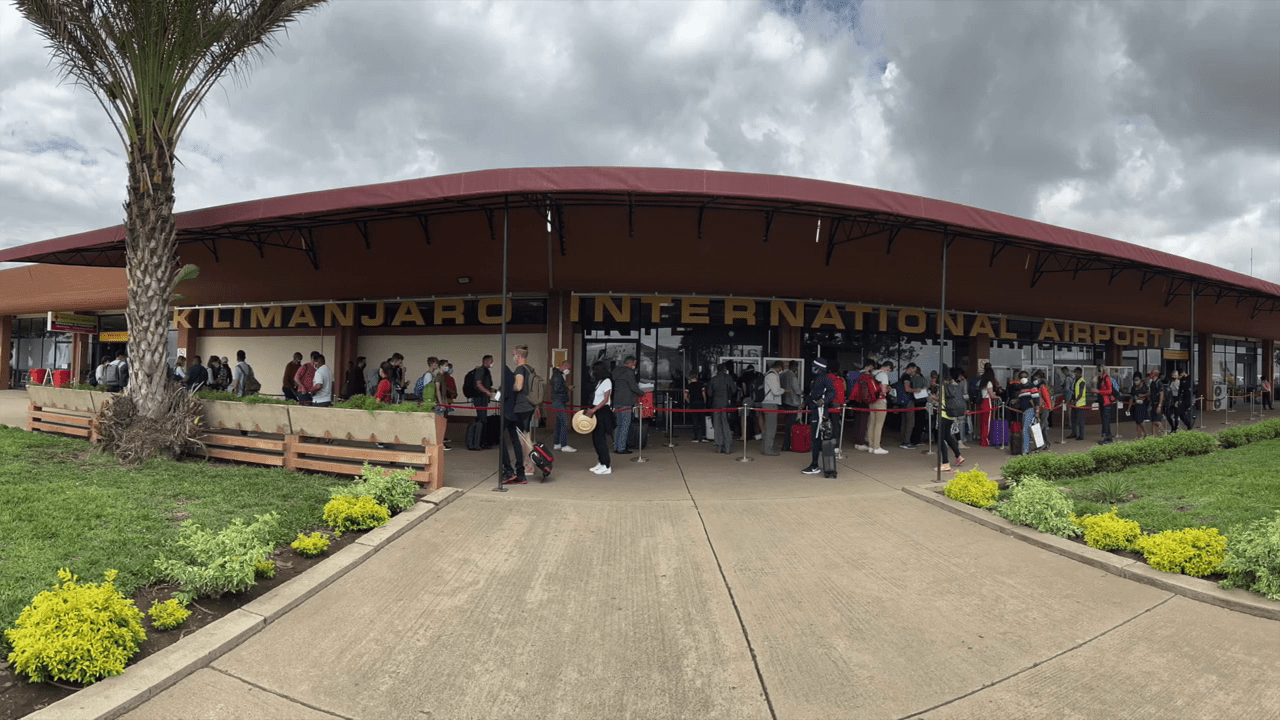
Are Guides Readily Available in Tanzania Without Prior Booking?
Are Guides Readily Available in Tanzania Without Prior Booking? Introduction: Should You Risk Climbing Without Pre-Booking? Climbing Mount Kilimanjaro is a dream for many adventurers.
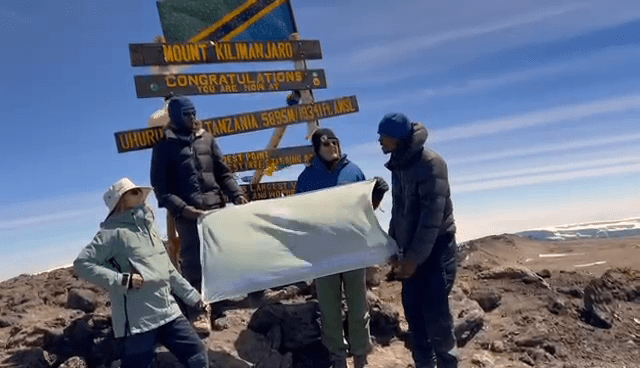
How Can I Find a Reliable Local Guide for My Kilimanjaro Expedition?
How Can I Find a Reliable Local Guide for My Kilimanjaro Expedition? Introduction: Why the Right Guide Is Key to Kilimanjaro Success Climbing Mount Kilimanjaro
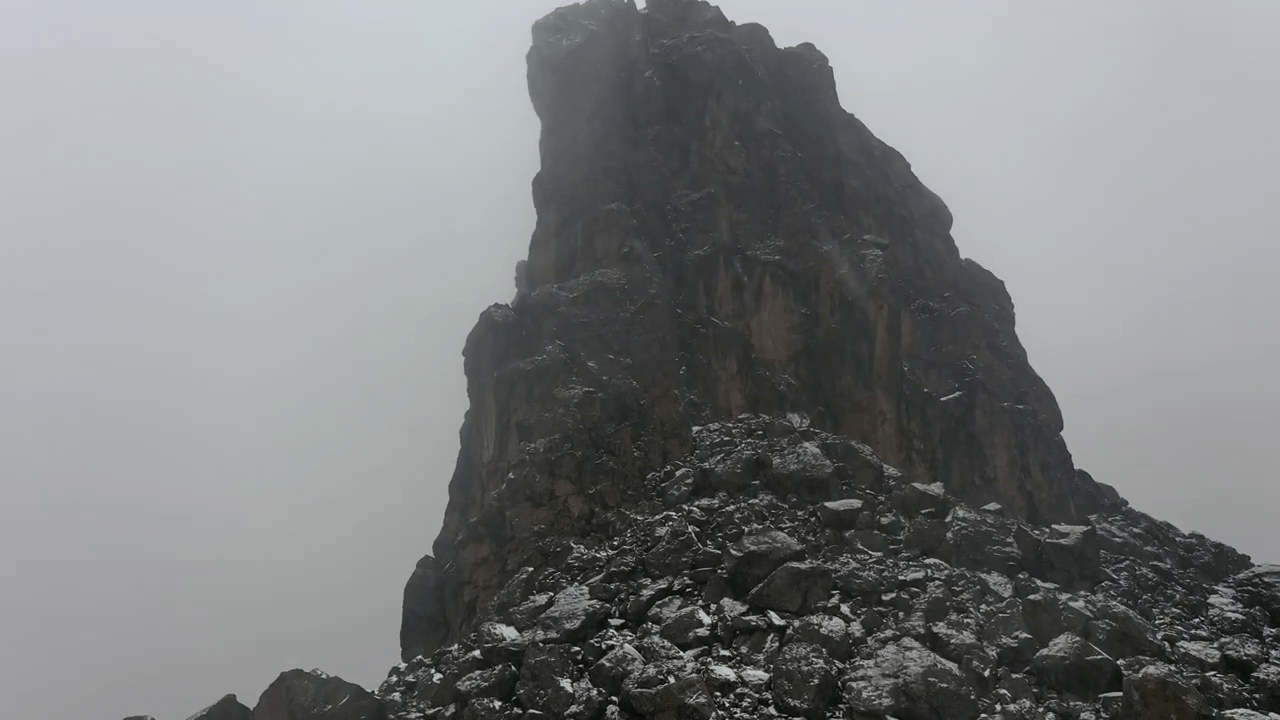
Is Climbing Kilimanjaro Dangerous for Individuals Without Mountaineering Experience?
Is Climbing Kilimanjaro Dangerous for Individuals Without Mountaineering Experience? Introduction: The Myth of Danger and Experience Many aspiring adventurers wonder if climbing Mount Kilimanjaro is
